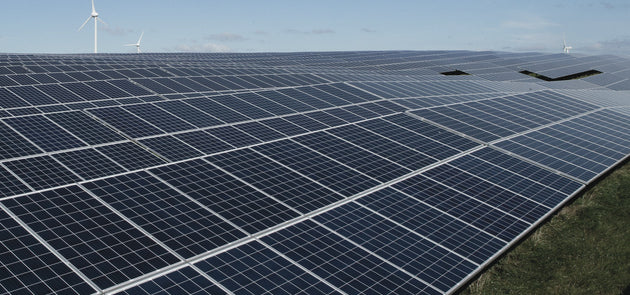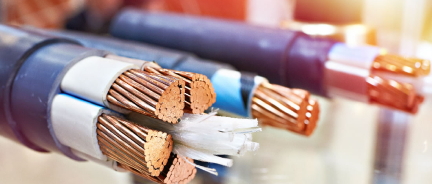Type W vs. Type G: What Is The Best Power Cable For Me?

Mining and industrial cables are rugged, sturdy cables for power supply systems in plants, factories, mines, and mining rigs. With their excellent resistance to abrasion, mechanical impact, oils, and industrial chemicals, as well as their adherence to strict industrial ratings, most industrial power cables share similar characteristics so that the choice between them could be subtle. Today, we compare Type W and Type G, some of the most popular industrial power cables.
What Are The Similarities Between Type W and Type G Cables?
- They are both the sturdiest and some of the most influential industrial cables on the market.
- Both are compliant with most industry standards that exist in the United States, including RoHs and MSHA.
- Both have a voltage rating of 2kv.
- Both cables are suitable for consistent water submersion and are allowed for industrial marine applications, and oil drilling platforms.
- Both types W and G are used in heavy-duty applications, industrial electrical equipment, and mining equipment, as well as batteries and motors.
- Both cables have fully annealed Class K stranded bare copper per ASTM B 174.
- Type W and Type G alike have a sturdy CPE jacket that is resistant to most types of impact one can find in the industrial setting, including UV lights, weather conditions, air, abrasion, mechanical impact, flames, oils, water, and all kinds of industrial chemicals that exist in industrial settings across the United States. Their rubber insulations carry more or less the same characteristics.
What Are The Differences Between Type W and Type G Cables?
- The primary difference is that type W does not have extra ground wires except for the single standard one regardless of the number of conductors. Type G cables, just like their relative cable G-GC, have an additional ground wire accompanying each conductor. This determines the particular industrial applications these cables are suitable for because of some call for those extra ground wires.
There is also a range of more subtle differences between W and G:
- Type W electrical cable has a single-conductor version; something type G cables do not have. A single-conductor cable is suitable for a variety of portable power applications. In particular, this type of cable is frequently used in the entertainment industry, including theater stages, television, nightclubs, cinema production, and other similar applications, along with the stage lighting SC cables. Type G cables are never listed for applications in the entertainment industry.
- Type G and G-GC cables are generally considered to be more flexible as long as flexibility is a particular concern for a certain application.
- Type G and G-GC cables are more likely than type W cables to be rated for direct burial for manufacturers.
Type W vs. Type G: The Bottom Line
- You can use type G and Type W cables interchangeably for the majority of industrial applications except for the ones that require the cable to use additional grounding conductors. This might be the case with some specific industrial equipment, such as shuttles, power drills, and the machines that are used to detach coal from the drill. Double-check, and if grounding is indeed needed, choose type G cables.
- For applications within the entertainment industry, choose a single-conductor type W electrical cable.
- Check with the manufacturer if you need a direct burial cable. You are likely to have more luck with Type G and G-GC cables in this case.
- When considering using type G and Type W cables interchangeably, check the price with your seller. Type G cables tend to be more expensive.
- For the best prices on high-quality industrial cables, including type G and type W, visit the website of Nassau National Cable.


















